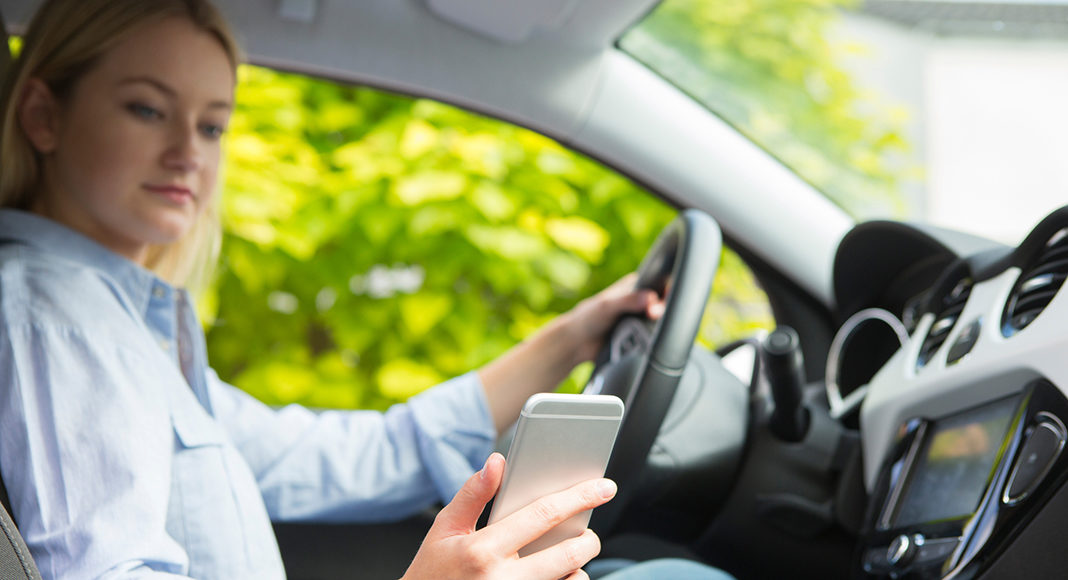Teenagers who reach for objects while driving increase their risk of crashing nearly seven times, according to a new study by researchers at the National Institutes of Health (NIH).
The study, published in the American Journal of Preventative Medicine, also found that manually dialing, texting or browsing the web on a phone while driving doubled a teenâs crash risk.
Researchers followed 82 newly-licensed teen drivers in Virginia over a one-year period, equipping their vehicles with cameras and GPS technology to track the driverâs activity and environment. After one year, 43 of the drivers did not experience a crash, while 25 had one crash and 14 had two or more crashes. Using six-second videos of driver behavior prior to a crash, researchers calculated that for every second that a teenâs eyes were off the road, the risk of a crash increased by 28 percent regardless of the type of distraction.
Teens who were manually using a cell phone doubled their odds of crashing while teens who were reaching for something while driving increased their risk nearly sevenfold. Researchers attributed this to a combination of distractions, including taking their eyes off the road and their hands off the wheel.
âTeenage drivers are so comfortable with mobile devices that they tend to overestimate their ability to multitask while driving,â said Bruce Simons-Morton, M.P.H., Ed.D., a Senior Investigator at NIHâs Eunice Kennedy Shriver National Institute of Child Health and Human Development (NICHD) and one of the authors of the study.
Researchers also studied the impact of âsecondary tasks,â including dancing to music, attending to personal hygiene, and eating or drinking. The study found that the greatest crash risk came from visual distractions related to using cell phones and reaching for objects.
âDuring their first year of independent driving, teens often engage in many different activities behind the wheel that could lead to a crash,â said Pnina Gershon, Ph.D., the studyâs Lead Author. âTeenage drivers may benefit from interventions that monitor and alert them during frequent or prolonged inattention to the road.â
View the study:Â Distracted Driving, Visual Inattention, and Crash Risk Among Teenage Drivers



















